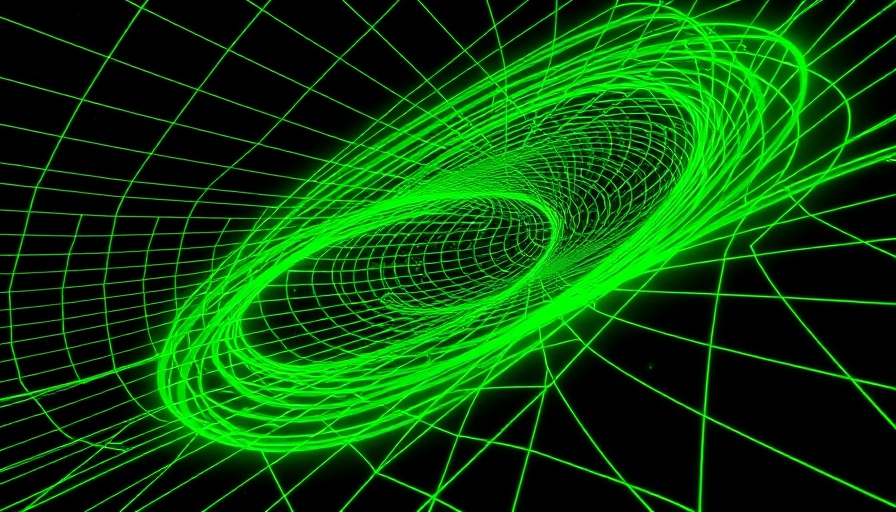
Unveiling the Mysteries of Black Holes and Gravitational Waves
A groundbreaking study has been published in Nature, revealing new insights into some of the universe's most extreme occurrences: black hole collisions and neutron star interactions. This research, spearheaded by Professor Jan Plefka from Humboldt University of Berlin alongside Dr. Gustav Mogull from Queen Mary University of London, marks a significant advancement in our understanding of gravitational waves, the ripples in spacetime caused by massive celestial events.
Precision in Theoretical Models
By utilizing advanced techniques inspired by quantum field theory, the research team successfully calculated the fifth post-Minkowskian (5PM) order for key observables, including scattering angles and radiated energy. A particularly groundbreaking development was the identification of Calabi-Yau three-fold periods—geometric manifestations from string theory—in the data concerning radiated energy and recoil, bridging the gap between abstract mathematics and tangible astrophysical phenomena.
The Future of Gravitational Wave Astronomy
As gravitational wave observatories like LIGO enhance their sensitivity and new detectors, such as LISA, are set to launch, the need for highly accurate theoretical models becomes ever more critical. Dr. Mogull explains, “While the physical process we’re studying is conceptually simple, the level of precision required is immense.” With this precision, the study aims to improve how scientists interpret data from these remarkable cosmic events.
Why Understanding Scattering Events Matters
Significantly, the research focuses on capturing signals from elliptic bound systems where traditional assumptions about black holes have often fallen short. This research will aid in understanding high-velocity scattering, an area of study where comprehending the recoiling "kick" of black holes after these interactions holds substantial implications for black hole dynamics and evolution.
A Broader Context in Astrophysics
Since the initial detection of gravitational waves in 2015, the field of astrophysics has drastically transformed, leading to new insights in understanding cosmic phenomena. The precision achieved in this recent study not only enhances our theoretical foundation but also calls for a reevaluation of past assumptions regarding black hole interactions.
Actionable Insights and Implications for the Future
Researchers emphasize that improving the templates used for interpreting observational data from gravitational waves can significantly impact the future of gravitational wave astronomy. As Benjamin Sauer, a Ph.D. candidate involved in the study, notes, “The new geometrical insights will inform the templates, shaping our understanding and analysis moving forward.”
In conclusion, the fusion of advanced mathematical structures with practical astrophysical applications envisions a future where our capabilities to interpret and understand the universe expand exponentially, unveiling the secrets that lie beyond our Earthly realm.
 Add Row
Add Row  Add
Add 




Write A Comment